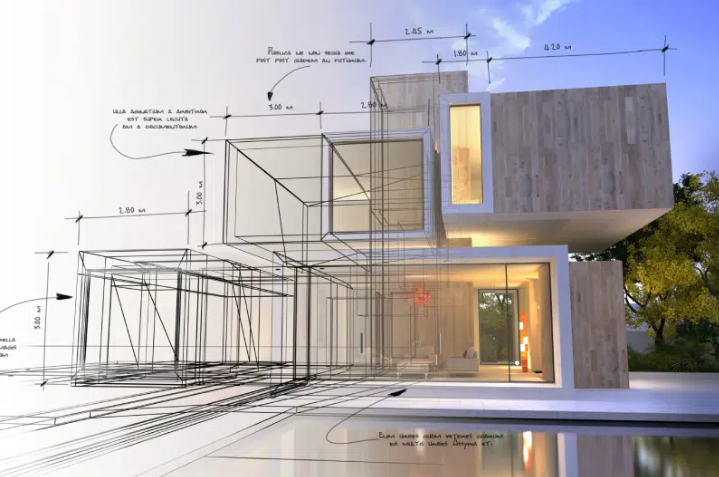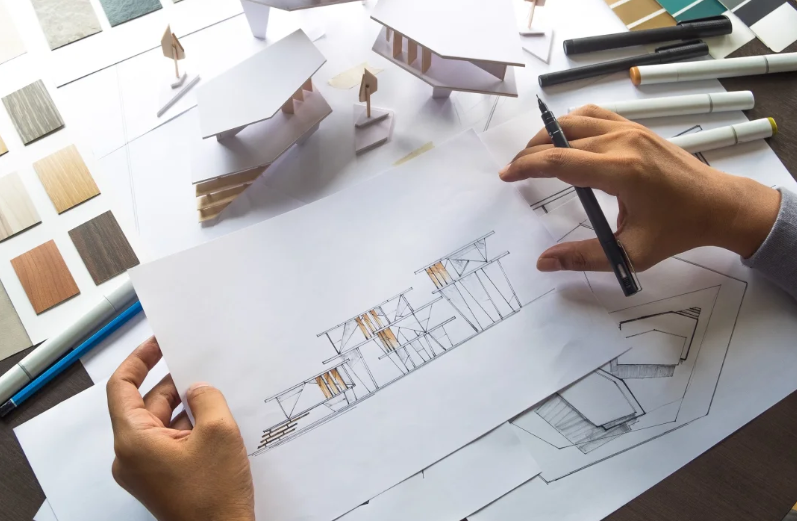Transform Your Space: The Ultimate Guide to Choosing the Perfect Sliding Door System
In today’s dynamic living environments, the right architectural elements can significantly enhance both aesthetics and functionality. One such essential feature is the sliding door system, which not only saves space but also creates a seamless transition between indoor and outdoor areas. Whether you're renovating a cozy apartment or designing a spacious home, choosing the perfect sliding door system can transform your space into a more inviting sanctuary. This guide aims to equip you with the knowledge and considerations necessary to select a sliding door system that meets your style preferences, functional needs, and budget. From materials and designs to hardware and installation methods, we will explore the key factors to ensure your sliding door system not only complements your space but also elevates its overall appeal. Let’s embark on this transformative journey and discover the ideal sliding door options for your unique environment.
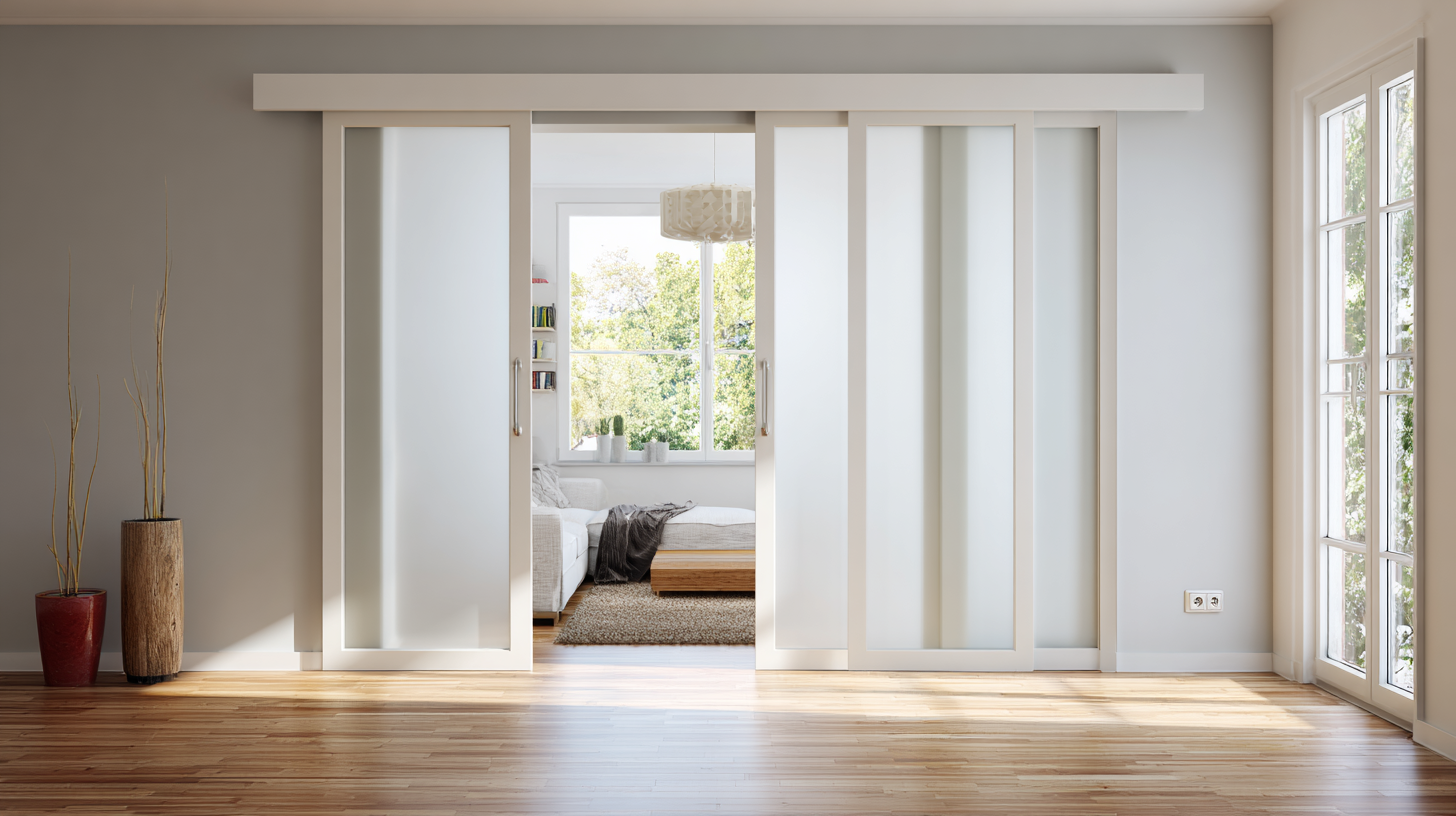
Understanding the Benefits of Sliding Door Systems for Your Space
Sliding door systems have become increasingly popular in modern interior design, offering a blend of functionality and aesthetic appeal. According to a 2021 industry report by the National Association of Home Builders, 67% of homeowners expressed a preference for sliding doors as a means to enhance natural light and create a more open space. These doors can be an effective solution for small areas, as they do not require additional space for swinging open, thereby maximizing usable floor area.
Furthermore, sliding door systems can significantly improve the flow of transitions between indoor and outdoor spaces. A study conducted by the American Institute of Architects reveals that homes with large sliding glass doors report a 15% increase in perceived living space. This seamless connection not only enhances the spatial experience but also promotes energy efficiency, as modern sliding doors often feature advanced thermal performance technologies. The ability to seamlessly integrate the outdoors with the indoors can also contribute positively to mental well-being, as numerous studies emphasize the benefits of natural light and outdoor access on mood and productivity.
Types of Sliding Door Mechanisms: Choosing the Right One for Your Needs
When it comes to selecting the ideal sliding door system, understanding the different types of sliding door mechanisms is crucial. The most common types are bypass, pocket, and bi-fold systems.
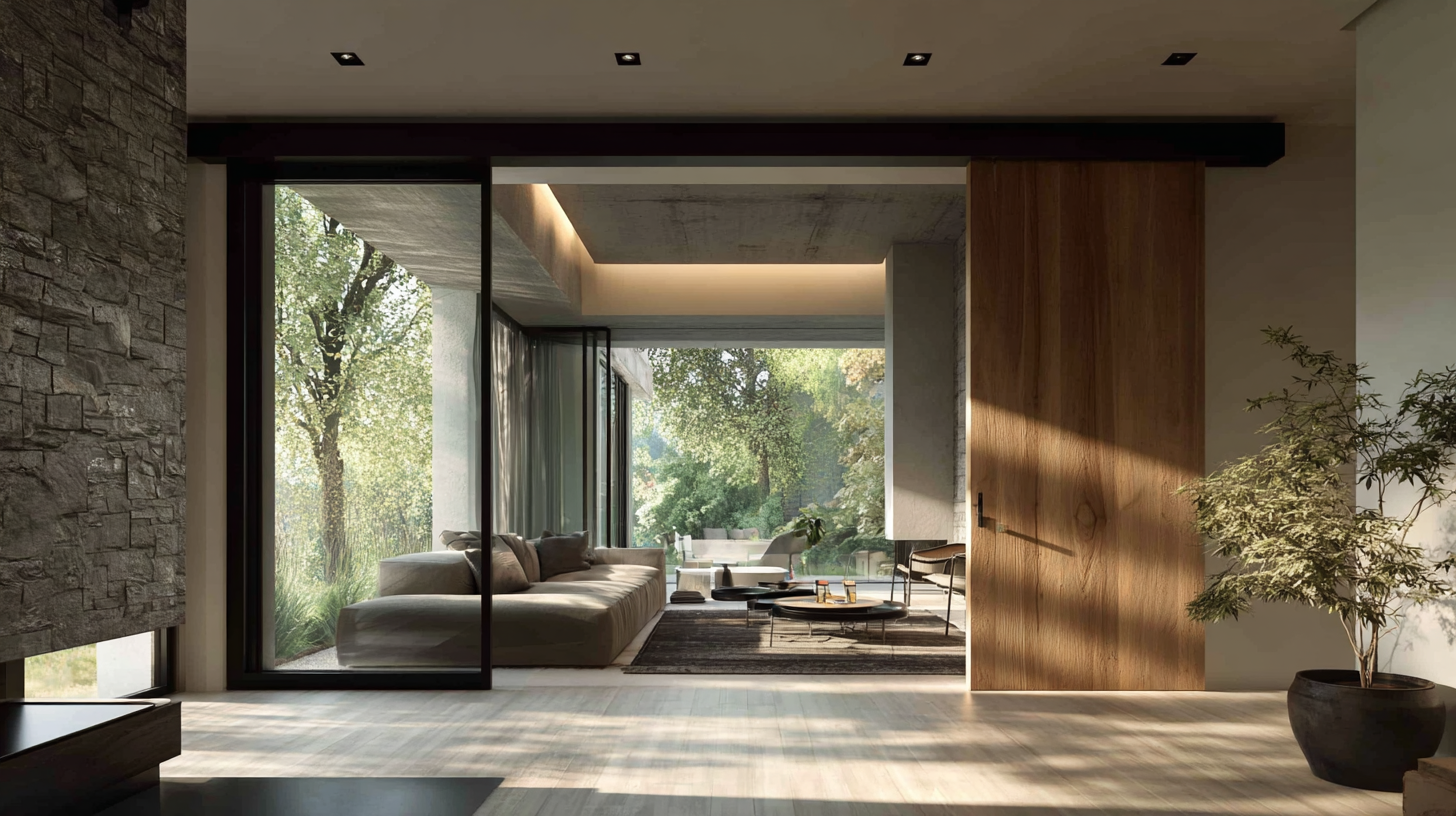
Bypass sliding doors move along a track, allowing two panels to slide past each other. This option is perfect for larger openings where you want to maintain an unobstructed view when the doors are open. Pocket sliding doors, on the other hand, slide into a wall cavity, effectively disappearing when opened. This mechanism is excellent for maximizing space in smaller rooms or creating a seamless transition between spaces.
Another popular choice is the bi-fold sliding door system. Bi-fold doors consist of multiple panels that fold accordion-style, creating a wide opening. This type is particularly useful for homeowners looking to enhance their indoor-outdoor flow, making it an ideal choice for patios and decks. Additionally, there are other specialized mechanisms, like multi-slide doors, that provide a modern aesthetic and exceptional functionality. Understanding these options will help you choose the right sliding door mechanism that aligns with your space's needs and enhances its overall look and feel.
Design Considerations: Aesthetic and Functional Aspects of Sliding Doors
When considering a sliding door system, both aesthetic and functional aspects play a crucial role in enhancing your space. The aesthetic appeal of sliding doors can significantly influence the ambiance of your room. Choosing the right materials, colors, and finishes is essential to ensure that the doors harmonize with your existing décor. For instance, glass sliding doors can create a contemporary look, allowing natural light to flow through while also providing the illusion of a larger space. On the other hand, wooden doors can add warmth and a touch of elegance, making them perfect for more traditional or rustic interiors.
Functionality is equally important when selecting a sliding door system. Consider the space available for installation, as some systems may require more clearance than others. Additionally, the mechanism of the sliding door—whether it’s top-hung or bottom-rolling—can affect ease of use and maintenance. Opting for a system that allows for smooth operation while minimizing noise can greatly enhance daily interactions. Furthermore, think about the level of security and insulation provided by different sliding doors, as these factors contribute to the overall effectiveness of the door in your living space. Balancing aesthetics and functionality will lead you to the perfect sliding door solution.

Materials Matter: Selecting the Best Sliding Door Material for Robustness
When it comes to choosing a sliding door system, the material plays a crucial role in ensuring not just aesthetics but also durability. According to a recent industry report by the AAMA, sliding doors constitute about 25% of the market for residential entry systems, highlighting their popularity and the importance of material selection. Key materials include vinyl, aluminum, wood, and fiberglass, each offering unique benefits and challenges.
Vinyl, for instance, is known for its energy efficiency and low maintenance requirements, making it a popular choice among homeowners. AAMA reports that vinyl sliding doors can achieve up to a 30% increase in thermal performance when compared to traditional wood doors. On the other hand, aluminum, while sturdy and lightweight, may require additional insulation to ensure energy efficiency; otherwise, it can result in heat loss. Researchers at the NFRC emphasize that while aluminum doors have a longer lifespan, the initial cost typically outweighs the ongoing energy savings unless properly insulated. Thus, when selecting the right sliding door material, it's essential to balance robustness, maintenance, and energy efficiency to suit your specific needs.
Installation Tips: How to Ensure a Smooth and Efficient Sliding Door Setup
When it comes to installing a sliding door system, ensuring a seamless setup is crucial. Begin by selecting the right door system that suits your space and functional needs. Assess the width of the opening and the desired materials—options abound, from contemporary glass to rustic barn-style designs. Measuring accurately is essential; take careful dimensions of your space to ensure a perfect fit. Gather all necessary tools and materials before starting the installation process to streamline your workflow.
During installation, pay attention to the track placement and leveling. The door should slide smoothly along its track, which may require adjusting the height at various points. If you're installing a heavy door, consider enlisting help or using a pulley system to lift the door into place. Additionally, weatherproofing the track will not only enhance durability but also improve the door’s performance against the elements. Lastly, test the door’s functionality before finalizing any installations, ensuring everything operates as intended for a hassle-free experience.
Sliding Door System Installation Time Efficiency
This chart illustrates the time efficiency of each step involved in the installation of a sliding door system. Proper planning and execution can significantly reduce installation time.
Related Posts
-

How to Choose the Perfect Interior Sliding Doors for Your Home Makeover
-

7 Compelling Reasons to Choose Pivot Doors in Miami for Your Home
-

How to Choose the Best Sliding Closet Doors: Expert Tips and Top Trends in 2023
-
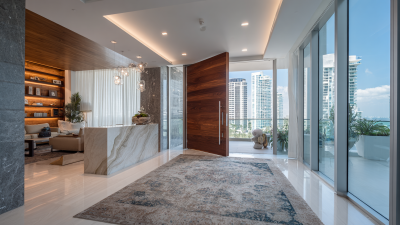
Exploring the Rising Popularity of Pivot Doors in Miami: Trends, Benefits, and Market Insights
-

Exploring Modern Barn Door Trends at the 138th China Import and Export Fair 2025
-
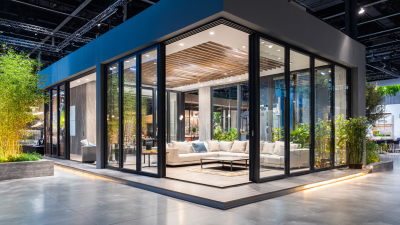
Exploring Industry Trends for Glass Bifold Doors at the 2025 China 138th Import and Export Fair


